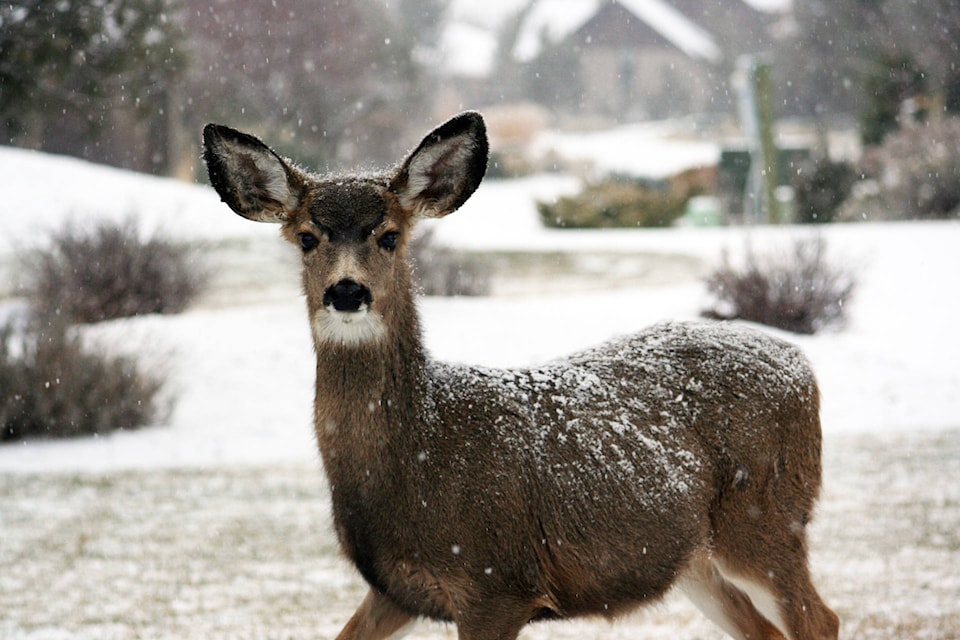Kootenay East MLA Tom Shypitka is calling for a two-year moratorium on the whitetail doe hunt in response to declining population numbers across the region.
Shypitka says his request, proposed for Region 4, is in response to feedback he has heard from local hunters and guide outfitters concerned about the state of the whitetail deer population, which has struggled due to factors such as over-harvesting and predation.
“We’re seeing these populations being decimated and the hunters — whom I proclaim and stand by, the best conservationists we have — are frustrated and they’re angry that we’re seeing these populations being wiped out.”
Wildlife management has been an issue in the East Kootenay region dating back to the 2017 provincial election, but declining ungulate numbers have been trending downward for years, according to Shypitka.
“We need dedicated funding, we need regional representation, we need science-based decision-making,” said Shypitka. “This is something I’ve professed over and over again and it’s not coming from me, it’s coming from the hunters and the people that have their boots on the ground. They’re not seeing any action.”
Columbia River Revelstoke MLA Doug Clovechok agrees with Shypitka.
“I am completely in favour of a moratorium,” he said.
But Clovechok cautions that a moratorium is only a bandaid for a more serious problem.
“Obviously the whitetail population needs to recover,” he said. “But wildlife management has been underfunded for years. We need a strategy. We throw bandaids here and there, but we are lacking a plan.”
Shyptika says that wildlife should be managed as a natural resource just like forestry or mining.
Creating a wildlife management plan essentially comes down to funding, which would be used for collecting population data and analyzing exactly why ungulate numbers are plummeting, whether it be factors such as over-harvesting, predation, inability to survive harsh winters, lower fawning rates and impacts on habitat.
“This isn’t a small thing and I think this is largely why it hasn’t been addressed because once you dig into it, you realize this could be as big as health care,” Shypitka said, noting that wildlife management policies would affect forestry, mining, agriculture and environment ministries.
Current whitetail hunt rules in Region 4 stipulate an aggregate bag limit of two — one may be antlerless (doe) and one may be a buck, according to the B.C. Hunting Regulations.
The Ministry of Forests, Lands, Natural Resource Operations and Rural Development is considering a proposal to prohibit whitetail doe hunting over the next two years, according to a statement from a spokesperson.
“The ministry has been monitoring the white-tailed deer harvest and population trends closely,” reads the statement. “As a result of the 2018/19 harvest data, changes have been proposed to the antlerless general open season to address enforcement challenges that occur in the overlap of the white-tailed deer and elk seasons, and to reduce antlerless harvest in areas where populations have declined.”
The proposal will be posted online for public comment and feedback, with an expected announcement next week to outline the consultation process.
